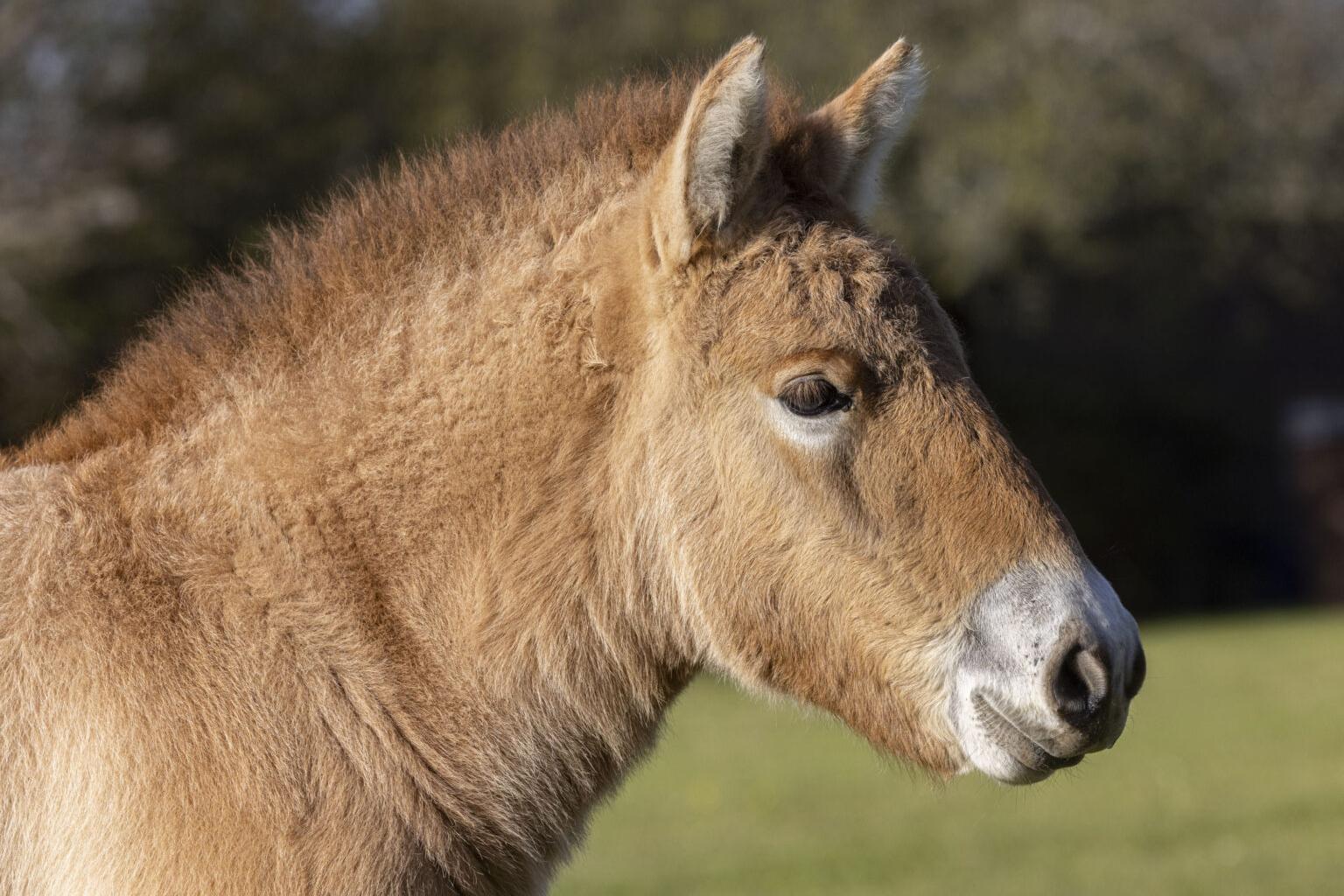
A New Neigh-bor Has Arrived
For endangered Przewalski’s horses, the past few years have been full of groundbreaking conservation milestones. In 2020, you celebrated with us when Kurt—the world’s first Przewalski’s horse clone—was born, kicking off the next generation of conservation.
Earlier this year, history was made again with the birth of the second-ever Przewalski’s horse clone. His arrival at our partner ViaGen’s ranch in Texas marked the first time cloning successfully produced more than one individual of any endangered species—an unprecedented achievement that proves this technique can be used as a viable conservation tool for genetic rescue.
And now, following in Kurt’s hoofprints, we’re delighted to welcome the new clone, named Ollie, to the San Diego Zoo Safari Park!
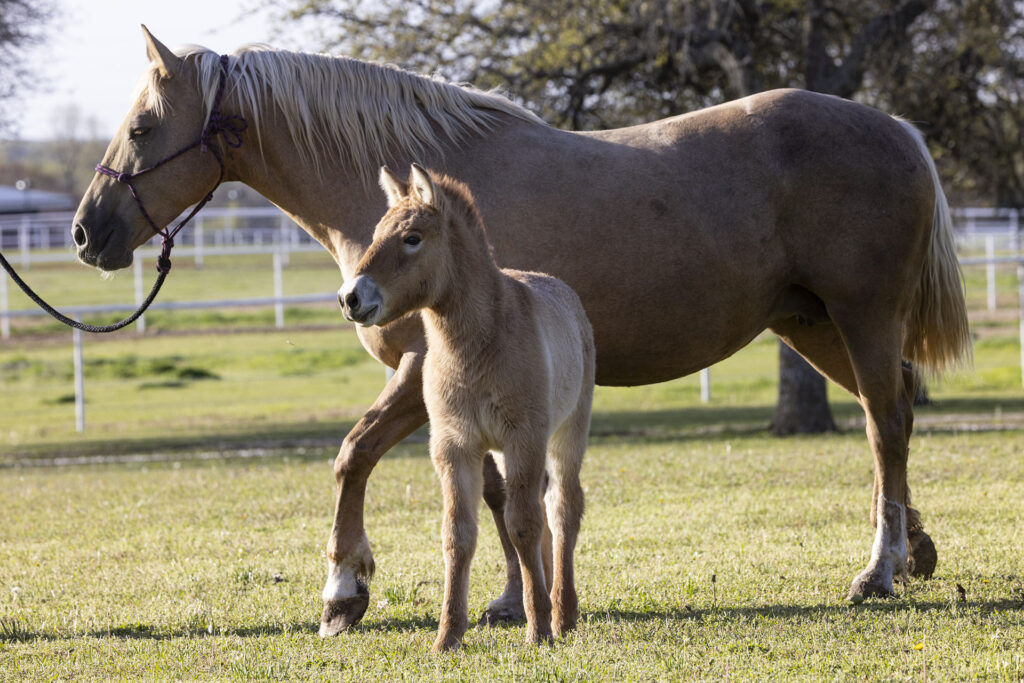
The energetic six-month-old and his mom, a domestic horse surrogate mare, arrived recently to great excitement. Ollie was named in honor of one of the awe-inspiring conservation scientists who made his existence possible. Oliver “Ollie” Ryder, Ph.D., Kleberg Endowed Director of Conservation Genetics, has had an extraordinary career at San Diego Zoo Wildlife Alliance, leading visionary work to save endangered species including Przewalski’s horses. He’s the pioneer behind our cloning efforts, and Ollie’s naming is symbolic of all the historic scientific breakthroughs Dr. Ryder has made possible.
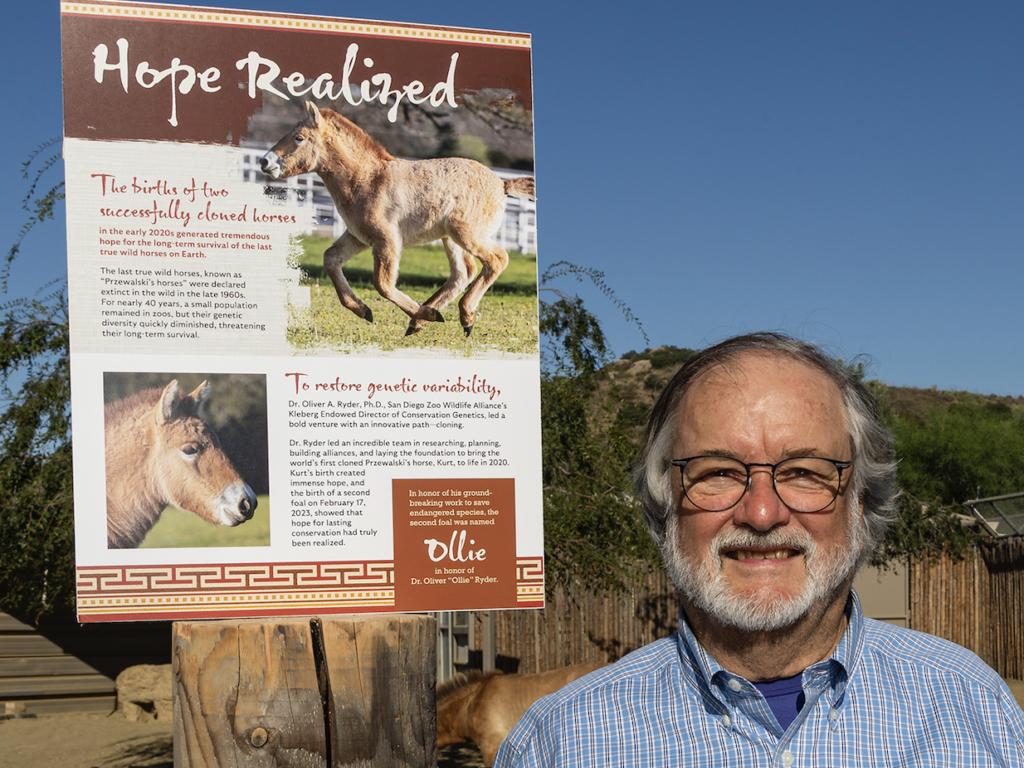
Przewalski’s horses were formerly extinct in the wild, and since the 1980s had survived almost entirely in zoos around the globe, including at the San Diego Zoo and Safari Park. Through collaborative conservation breeding and reintroduction efforts, we’ve helped reestablish populations in their native habitat across the grasslands of China and Mongolia.
These efforts are what made it possible for the species to survive, and while this conservation is a remarkable accomplishment, the work isn’t over. Today, nearly all living Przewalski's horses are descended from just 12 individuals. The next step in safeguarding the future of the species is ensuring an increase in vital genetic diversity. This is where cloning comes in: our teams, alongside our partners ViaGen Pets & Equine and Revive & Restore, are using cloning to bring back that essential genetic variation.
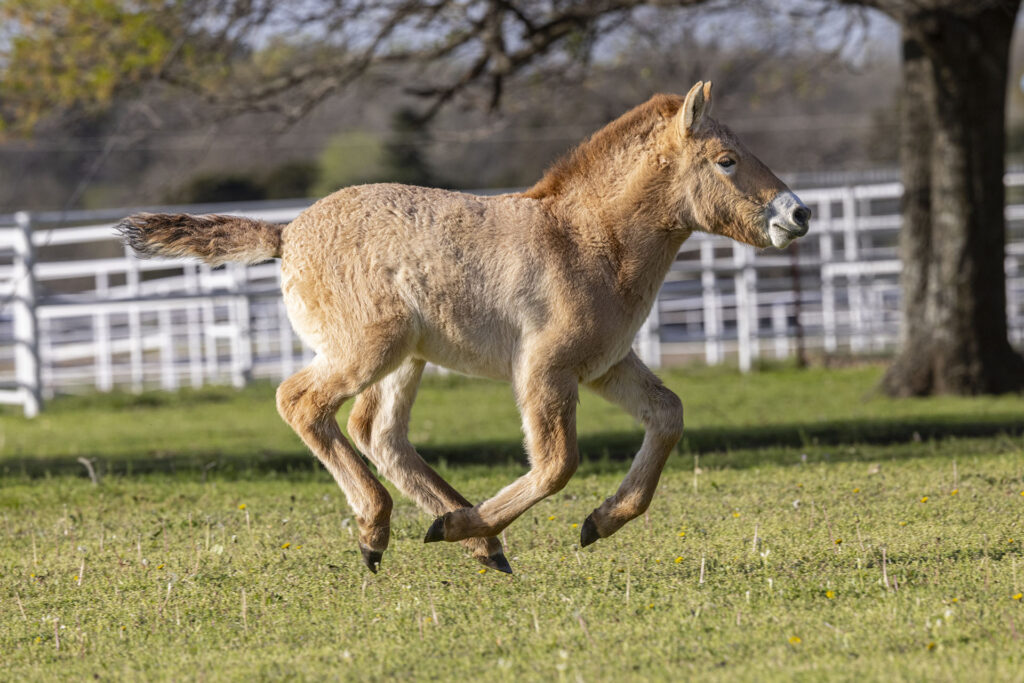
Both Ollie and Kurt are clones of a stallion that lived over 40 years ago—whose DNA has been absent from the current population, but was cryopreserved in our Wildlife Biodiversity Bank’s Frozen Zoo®. The clones are genetic twins, each carrying the same vital genes that otherwise would have been lost to the world. Eventually, when they breed, they’ll pass on crucial DNA—creating a ripple effect that will benefit Przewalski’s horses for generations to come.
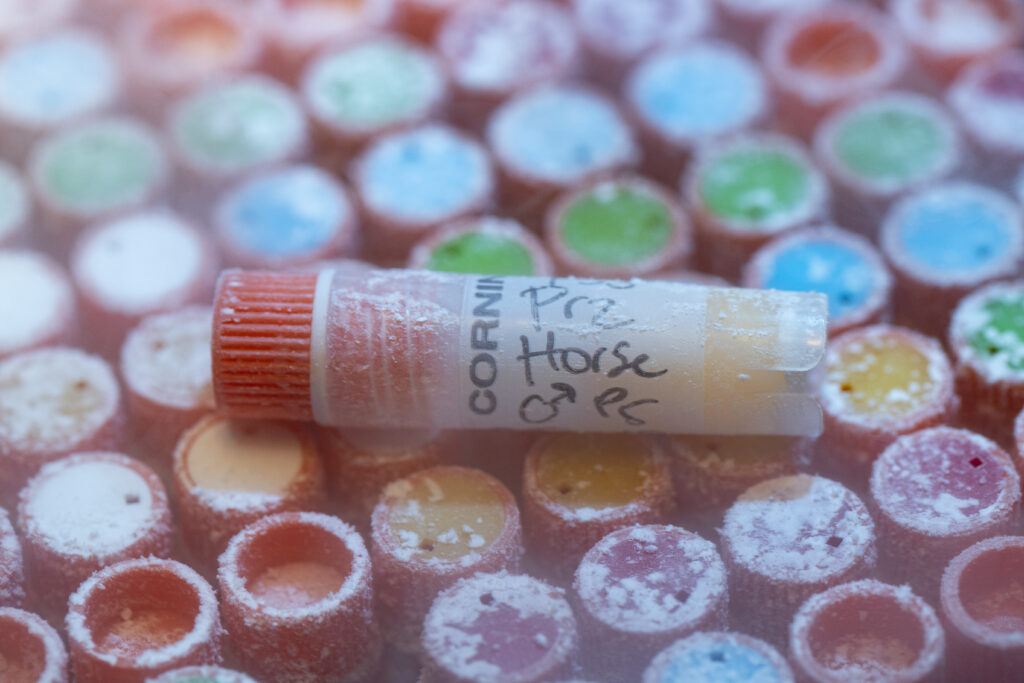
Young Ollie still has lots of time to learn and grow before he matures into a breeding stallion. When he’s ready, he’ll follow a path parallel to Kurt’s and join the herd of Przewalski’s horses at the Safari Park. The others will teach him the ways of his kind—just as Kurt’s “mentor” Holly has helped him learn the language and behavior of these wild horses. Until then, Ollie and his mom will live in a private habitat, off view from guests.
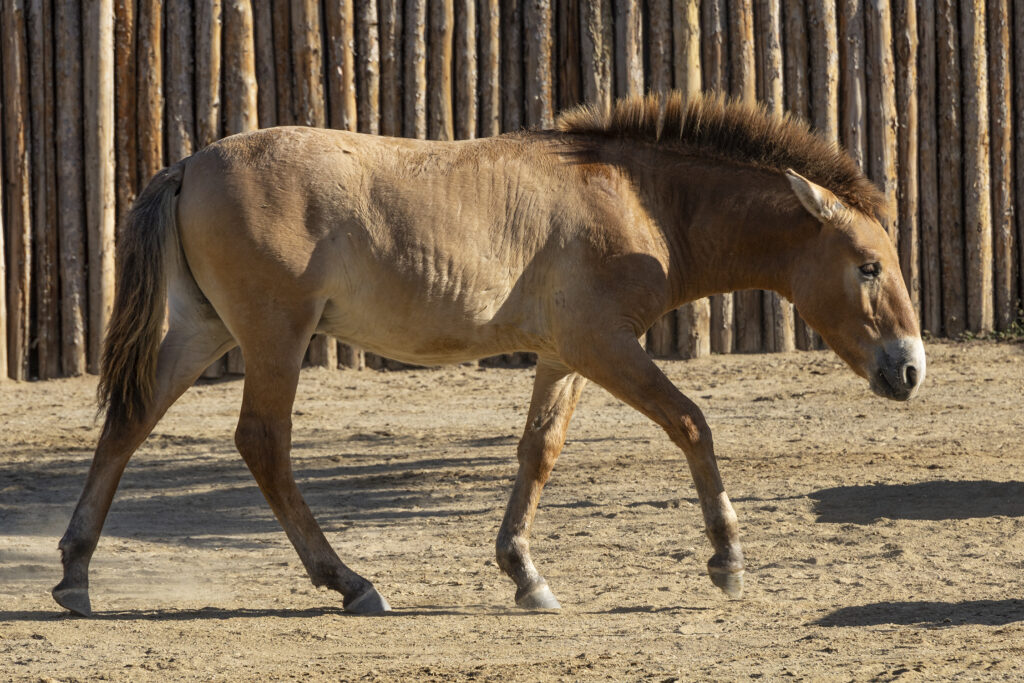
With every unprecedented conservation milestone like Ollie’s birth, we’re reminded that there is no limit to what’s possible when we think outside the box and work together to save wildlife.
We couldn’t do it without you! With your support, we’re securing the future for Przewalski’s horses and bringing hope to other endangered species that could benefit from similar genetic rescue techniques. Stay tuned for more news on Ollie as he finds his stride, and visit Kurt through select tours to the Safari Park’s Central Asia field habitat.
Discover more about our Wildlife Biodiversity Bank, and how you can make a difference for Przewalski’s horses and other endangered wildlife around the globe.



